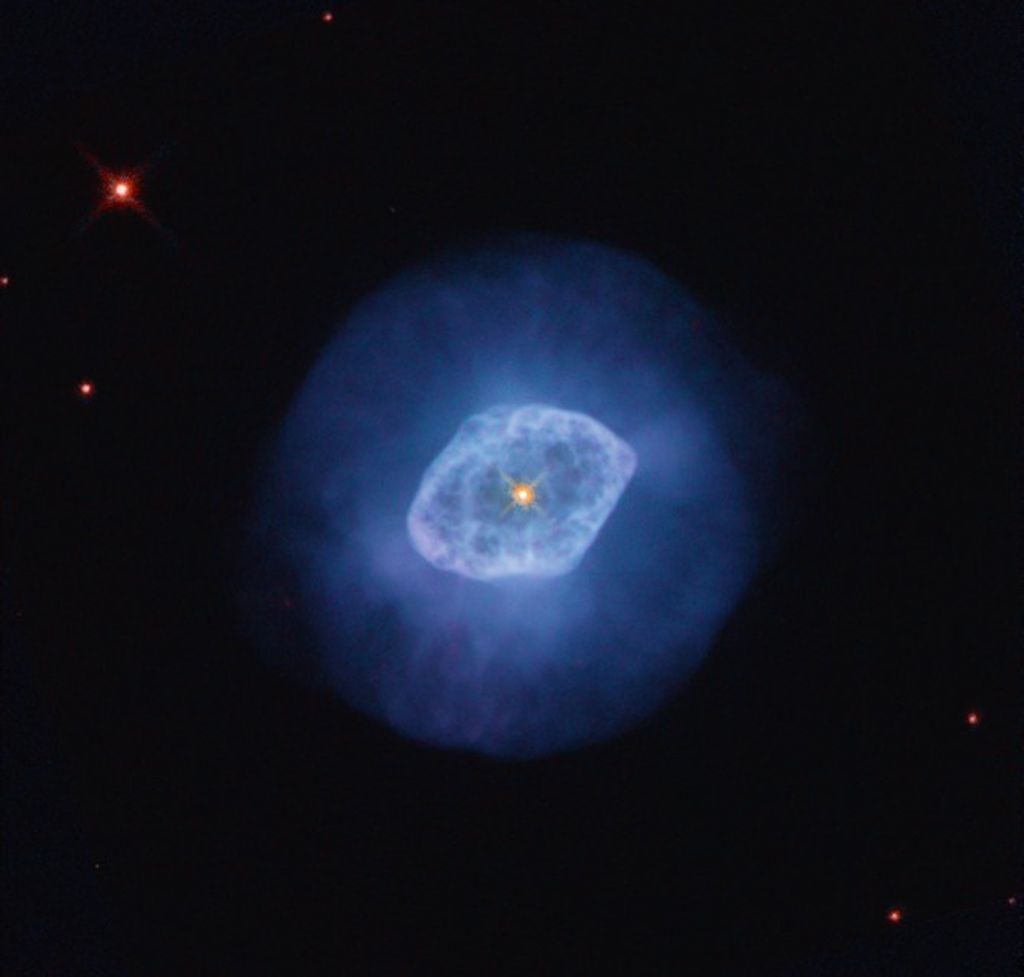1 min read
Black Hole Companion Star GRO J1655-40

About the Object
- R.A. PositionR.A. PositionRight ascension – analogous to longitude – is one component of an object's position.16h 54m 00.14s
- Dec. PositionDec. PositionDeclination – analogous to latitude – is one component of an object's position.-39° 50' 44.9"
- ConstellationConstellationOne of 88 recognized regions of the celestial sphere in which the object appears.Scorpius
- DistanceDistanceThe physical distance from Earth to the astronomical object. Distances within our solar system are usually measured in Astronomical Units (AU). Distances between stars are usually measured in light-years. Interstellar distances can also be measured in parsecs.3,200 - 9,600 light-years (1000 - 3000 parsecs)
About the Data
- Data DescriptionData DescriptionProposal: A description of the observations, their scientific justification, and the links to the data available in the science archive.
Science Team: The astronomers who planned the observations and analyzed the data. "PI" refers to the Principal Investigator.Principal Astronomers: I.F. Mirabel (CEA & IAFE/CONICET), R. Mignani (ESO), I. Rodriguez (CEA), J.A. Combi (Argentine Institute for Radio Astronomy), L.F. Rodriguez (UNAM), F. Guglielmetti (MPE) - InstrumentInstrumentThe science instrument used to produce the data.HST>WFPC2
- Exposure DatesExposure DatesThe date(s) that the telescope made its observations and the total exposure time.April 1995, June 2001, Exposure Time: 33 minutes
- FiltersFiltersThe camera filters that were used in the science observations.F675W (R)
- Object NameObject NameA name or catalog number that astronomers use to identify an astronomical object.GRO J1655-40
- Object DescriptionObject DescriptionThe type of astronomical object.Black Hole X-ray Binary
- Release DateNovember 18, 2002
- Science ReleaseFast-Flying Black Hole Yields Clues to Supernova Origin
- Credit
Related Images & Videos

Artist's View of Black Hole and Companion Star GRO J1655-40
GRO J1655-40 is the second so-called 'microquasar' discovered in our Galaxy. Microquasars are black holes of about the same mass as a star. They behave as scaled-down versions of much more massive black holes that are at the cores of extremely active galaxies, called quasars....
Share
Details
Last Updated
Aug 17, 2025
Contact
Media
Claire Andreoli
NASA’s Goddard Space Flight Center
Greenbelt, Maryland
claire.andreoli@nasa.gov































